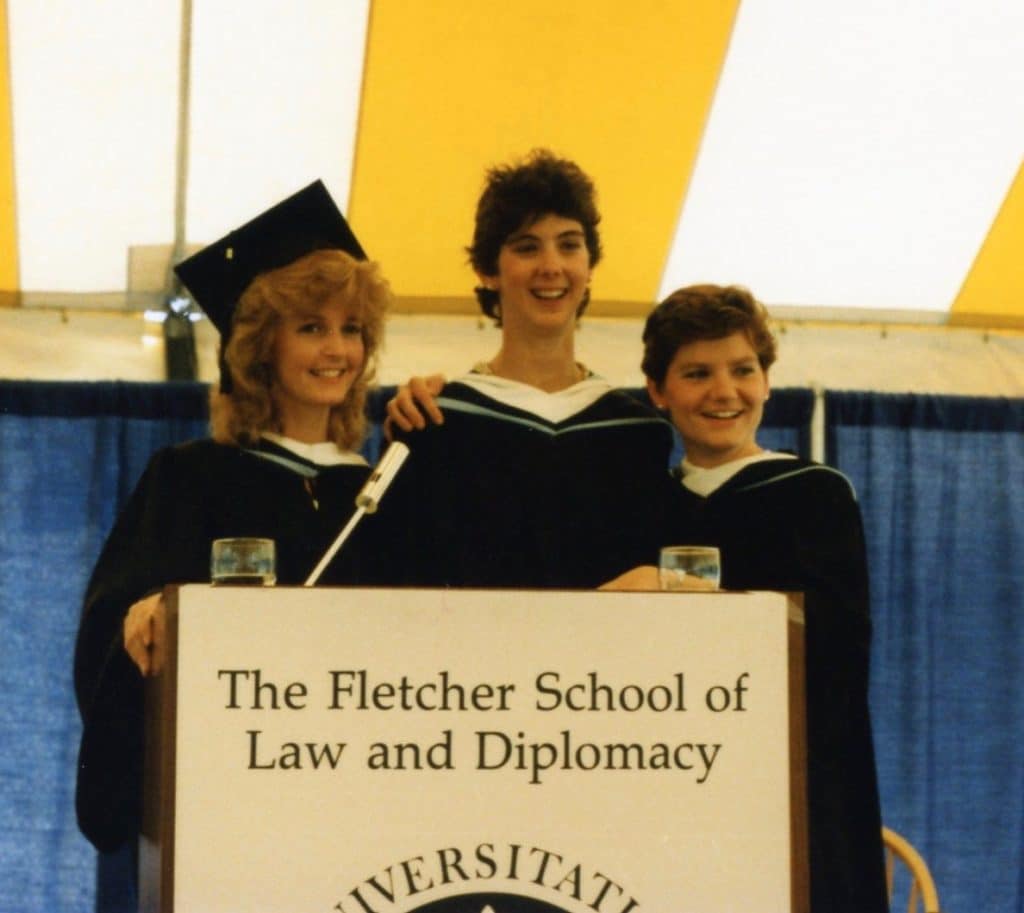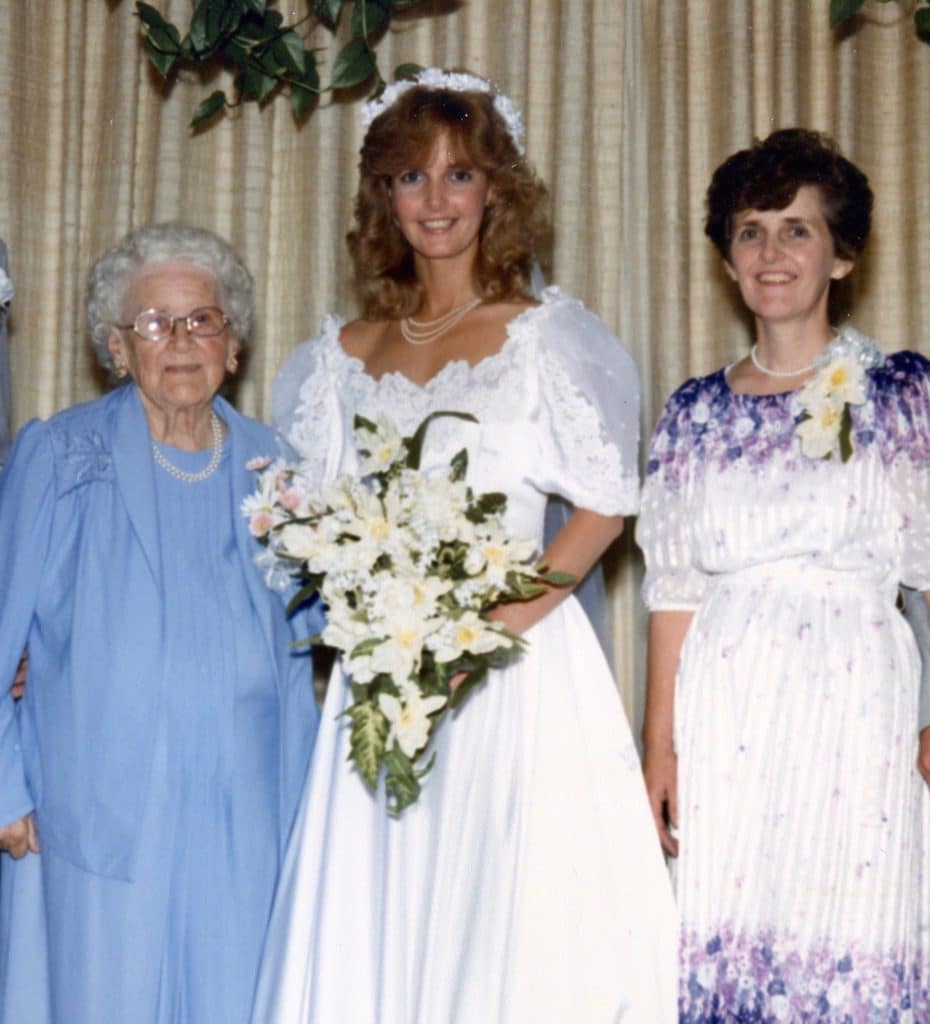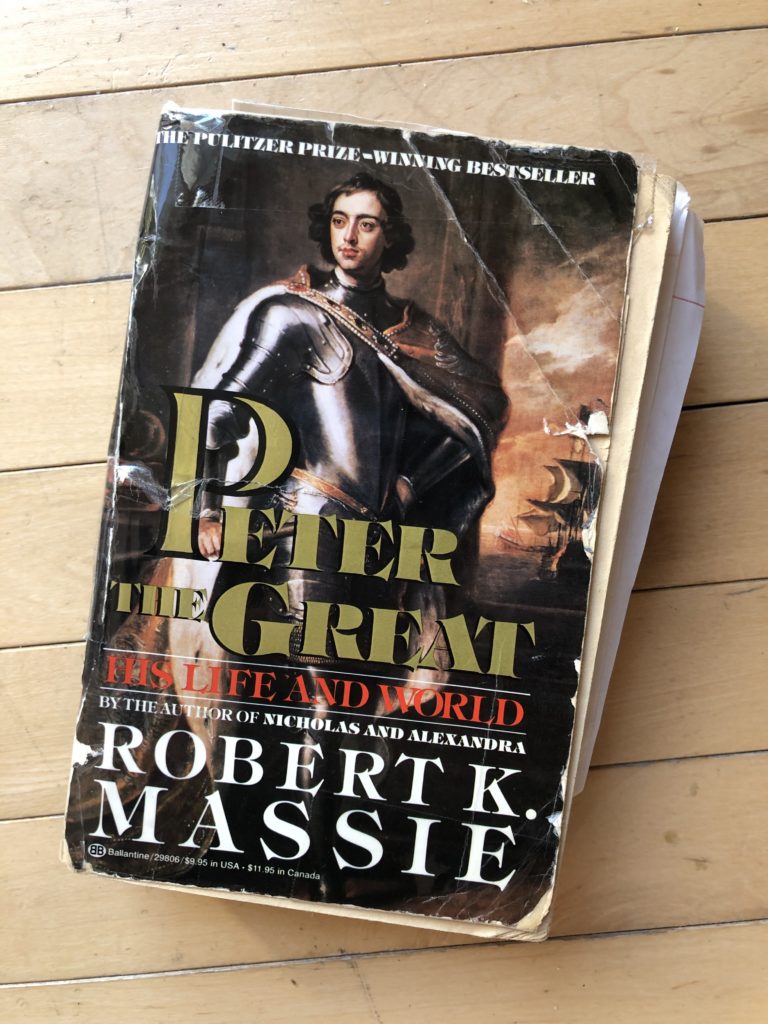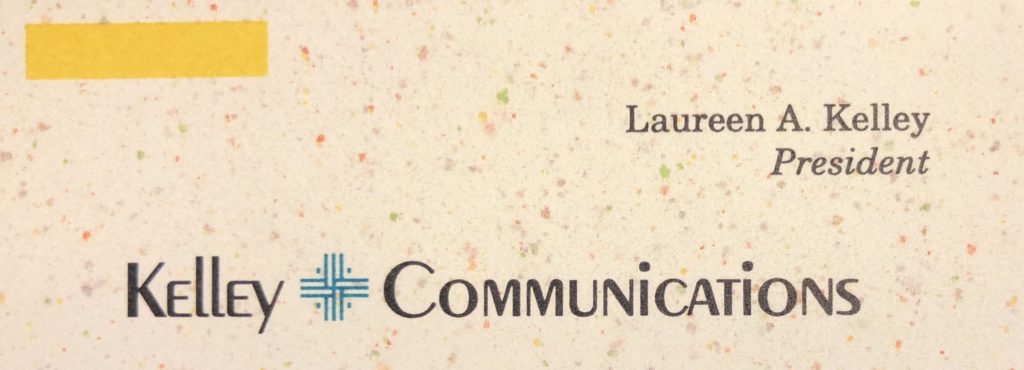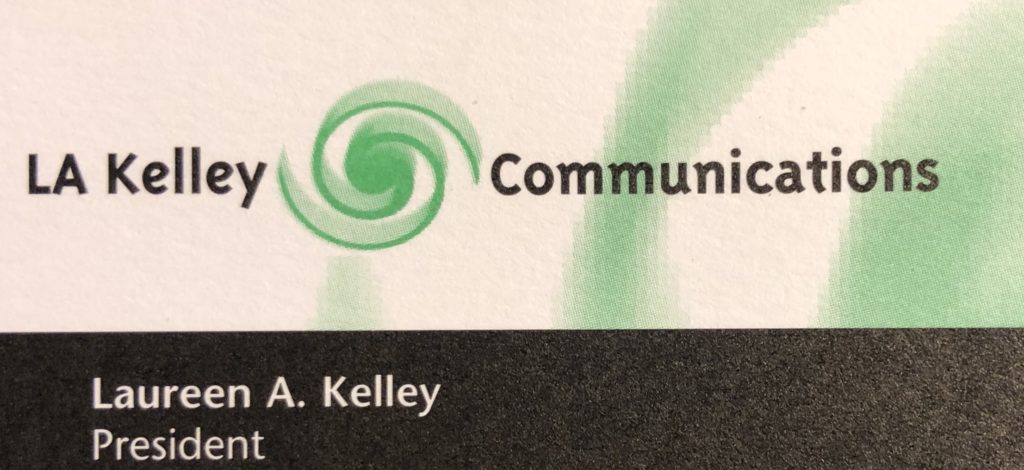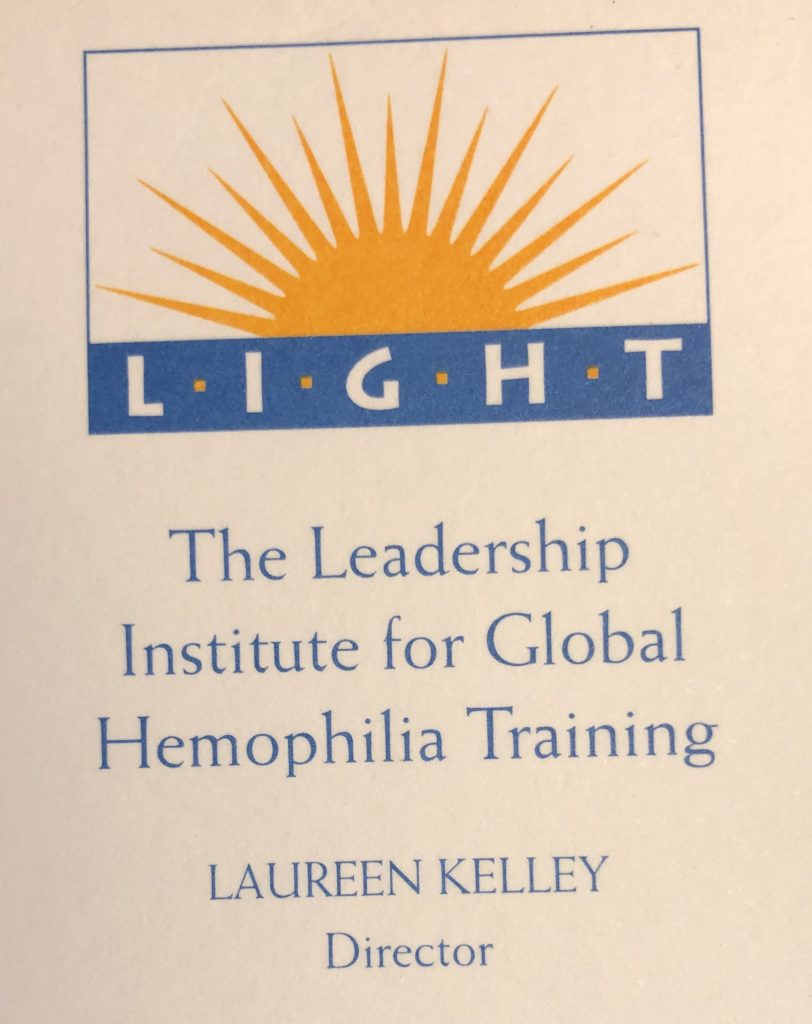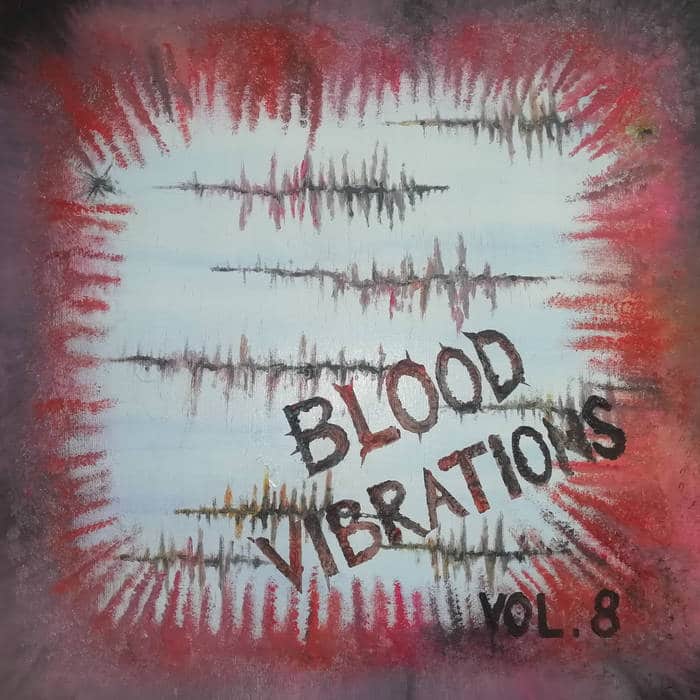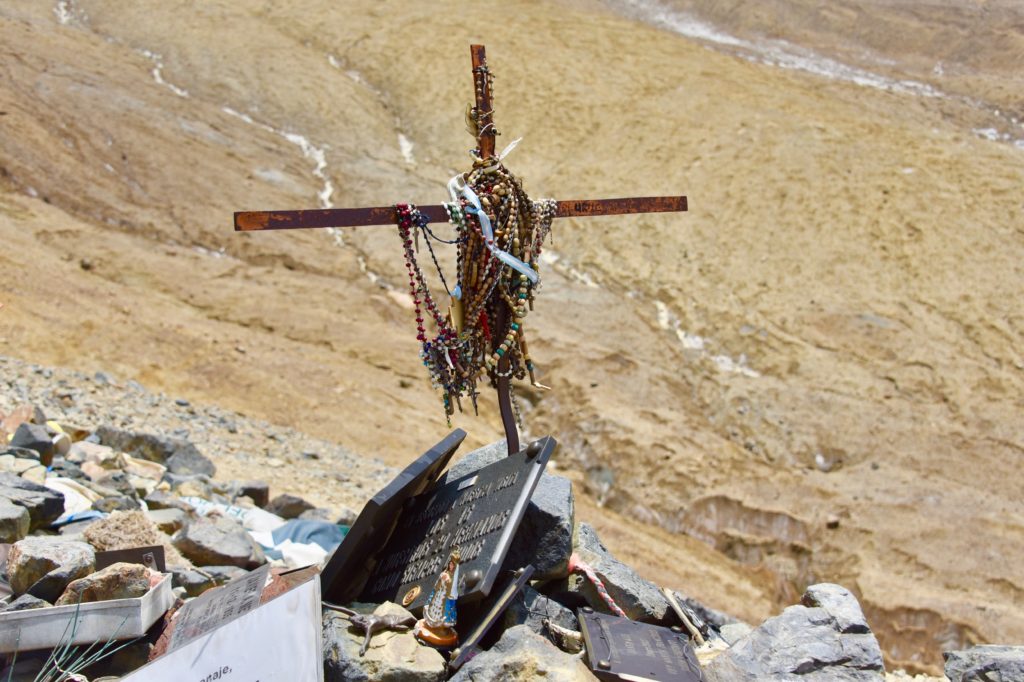Laurie Kelley
February 3, 2020
When we use the word “transitions” in hemophilia, we normally think about our child’s life cycle (or our own) and how it impacts healthcare: Children transitioning into adulthood at age 18 need to see an adult hematologist, not a pediatric hematologist. Adults finishing college or trade school need to transition into the workforce. Adults at age 26 need to transition off their parents’ health insurance. We may have joint issues as we age.
But we can also view transitions as something happening to hemophilia treatment, because that has a life cycle too. And right now, hemophilia treatment is undergoing massive, rapid change. New products, novel therapies, and gene therapy…can the US market of roughly 20,000 with hemophilia support all the products? Will insurance cover them all?
A Look Back: Our Infancy
If we accept that hemophilia treatment has a life cycle,
let’s look back at its infancy and development. Early treatment for hemophilia
involved whole blood transfusion and later, human plasma. Fresh frozen plasma
(FFP) allowed treatment to be stored and then thawed when needed. Whole blood
and FFP were both only marginally effective at controlling a bleed, due to the
low level of factor VIII and large volumes that needed to be infused. Then, in
the mid-1960s, came cryoprecipitate: rich in factor VIII, and created from
thawed human plasma. Its higher factor VIII level in a smaller volume made
administration easier, faster, and more effective.
A breakthrough came with commercial clotting factor concentrate in 1968, made from donated human blood or blood plasma. This new plasma-derived concentrate was freeze-dried and reconstituted with water when needed. Factor in a bottle! Now treatment could be done at home or away, freeing patients to travel and live more normal lives. Infusion time was tremendously shortened, meaning treatment could stop bleeding faster, reducing pain and helping to prevent joint disease. But these early factor concentrates were not treated to inactivate viruses. Tragically, in the late 1970s and early 1980s, contamination of the nation’s blood supply from donors infected with HIV, hepatitis C, and other viruses meant that clotting factor was also contaminated. Thousands of people who had hemophilia and used factor concentrates were infected and died.
In the mid-1980s, a new stage in the life cycle of hemophilia treatment emerged: the creation of factor that was virally inactivated. Viral inactivation processes, such as heat or solvent/detergent wash, could destroy the fragile HIV. Today, all clotting factor is considered safe.
The deaths of so many led to another groundbreaking stage in the life cycle of hemophilia treatment: recombinant clotting factor. Recombinant factor is produced in a lab, using human genes that are inserted into genetically altered mammalian cells. In 1992, the first recombinant factor VIII clotting factor product (Recombinate, manufactured by Baxter) was approved by the FDA. In 1997, the first recombinant factor IX product (BeneFix®, manufactured by Genetics Institute) entered the market. And now? There are now about 20 recombinant factor products on the market to treat hemophilia. We’ve come a long way.
The Family Expands: Crying for Attention
Why so many products? There are some things to know about the factor market. First, the US is the largest market. Not in population—that would be China. But in dollars. Estimates are $4.6 billion annually.1 This lucrative market attracts competitors. But factor products are protected by patents. So to avoid patent infringement, changes or improvements are made to products, making them slightly different. Some of these changes have involved production processes; and the quest to remove unnecessary human and animal proteins gave us “generations” of recombinant factor products.
Now we have three recognized generations of factor products: First-generation products use animal blood proteins in the cell culture medium, and add human albumin, a blood protein, to the final formulation to stabilize the factor. Second-generation products stabilize the factor with sucrose, not albumin. Third-generation products use no added animal or human proteins, either during processing or in the final formulation.2 Today, all factor products except for Recombinate and Kogenate® FS are third generation. A special shout-out to Octapharma’s Nuwiq®, a recombinant factor VIII product that uses a human cell line instead of an animal cell line in its production process.
Recombinant products, by reducing the potential for viral transmission, are an improvement over past products. And yet first-generation products remain in use, as do plasma-derived products. So far, there seems to be a purpose and a place for all products.
Growth
Spurt!
But consumers want more. Researchers found ways to keep infused factor circulating in the body longer, by extending its half-life—meaning fewer infusions and less burdensome treatment. Eventually, extended half-life (EHL) factor was created. After a relatively calm 10 years in the marketplace with what is now called “standard half-life” or just “standard” factor, EHL factor came along, resulting in a big growth spurt in the life cycle of hemophilia treatment. Hailed as the next best thing, EHL factor was and still is heavily promoted. Biogen created the first two EHL products, which were soon followed by EHL products from Baxter (now Takeda), Novo Nordisk, Bayer, and CSL Behring.
The creation of EHL products seemed like the exciting, wild teen years for our community. Children with hemophilia lived even more normal lives, without infusing so often. Freedom!
Family Feud
In the midst of this growth spurt and innovation, some major
shifts were taking place in the hemophilia marketplace. Companies were
separating, divorcing, getting married, taking on lovers, adopting other
products. Baxter split off its biological division (which made its factor
products) to become Baxalta. Genetics Institute was bought by Wyeth, which was
then bought by Pfizer. In the early 2000s, Bayer had divested its plasma
division, which became Talecris. Then Grifols bought Talecris (you can still
see the primary color bar on the Koate®-DVI box, the same bar that appears on
Kogenate FS). Biogen, soon after launching its groundbreaking EHL products,
suddenly divested its hemophilia group, which became Bioverativ. Soon after the
new sign was up at Bioverativ’s headquarters, it was bought by Sanofi Genzyme.
Baxalta must have been a very attractive mate, because soon after it was spun
off by Baxter, it was snatched up by Shire, an Irish pharmaceutical company.
Just when everyone was getting used to Irish brogues, Shire was purchased by
the Japanese company Takeda, a pharma titan.
Perhaps no products have changed hands more than those of CSL Behring, starting in the 1980s, when it was Armour Pharmacuetical. And although CSL Behring has remained the parent company since 2007, it has recently abandoned some hemophilia products: Helixate® FS and Monoclate-P®. Its focus is now on EHL products only for hemophilia.
And this is the concern for the future life cycle of hemophilia treatment: Can the market sustain 20 recombinant products? Which products will be removed next from the marketplace? Will product change come from the consolidation of companies buying each other and reducing overlapping product lines? Will it come from flagging sales, if one product dominates the market? Or will product change come from a novel treatment—using no factor at all?
Newest Child
One product getting a lot of attention these days is the newest addition to the family—Hemlibra®, a nonfactor antibody product that mimics the action of factor VIII in the body. It’s used for prophylaxis in people with hemophilia A and inhibitors, and in those without inhibitors. The product’s clinical success has many patients cheering on Facebook, some advocates cautioning consumers to wait and see, and some doctors already prescribing it for newborns. Hemlibra is called a “market disruptor” for a reason. It’s created a whole new way to treat hemophilia: with weekly to monthly subcutaneous injections. And people with inhibitors are reporting no bleeds for weeks, even months in some cases. Will factor concentrate still be needed? Read Wendy Owens’s feature article in this issue to learn the answer!
The life cycle of hemophilia treatment has entered a new phase, perhaps similar to young adulthood, where there are many options, and our community has been educated and prepared. We’re ready for greater independence from this disorder, and ready to live life more on our own terms.
But like all young adults, we still need advice from our elders, from our blood brothers, from our physicians. And we need to do our own homework. We need to read about current products and new ones that will enter the marketplace. Do you feel informed enough to choose? Will your insurance cover all the new products? Will you switch to another product, if one day your insurance company no longer covers yours?
Stay in touch with the life cycle of hemophilia treatment: name changes of the corporate players, which products belong to whom, and especially, the manufacturer of the product you use. Decisions at the top—by government, by corporations, and by insurance companies—may eventually impact your choice of treatment.
We have more freedom and more choices than ever before, but we need to exercise responsibility, by learning all we can. Because one thing is for certain: we are only in the young adult stage of hemophilia therapy. Prepare for more growth and more change. It’s coming.
- Mark Terry, “A Look at Hemophilia Drug Prices and the Market,” biospace.com, July 3, 2018 (accessed June 2, 2019).
- Recombinate is a first-generation recombinant product. Kogenate FS is a second-generation product. Advate, Adynovate, Afstyla, Alprolix, BeneFix, Eloctate, Idelvion, Ixinity, Jivi, Kovaltry, Novoeight, Nuwiq, Rebinyn, Rixubis, Vonvendi, and Xyntha are third-generation products.
